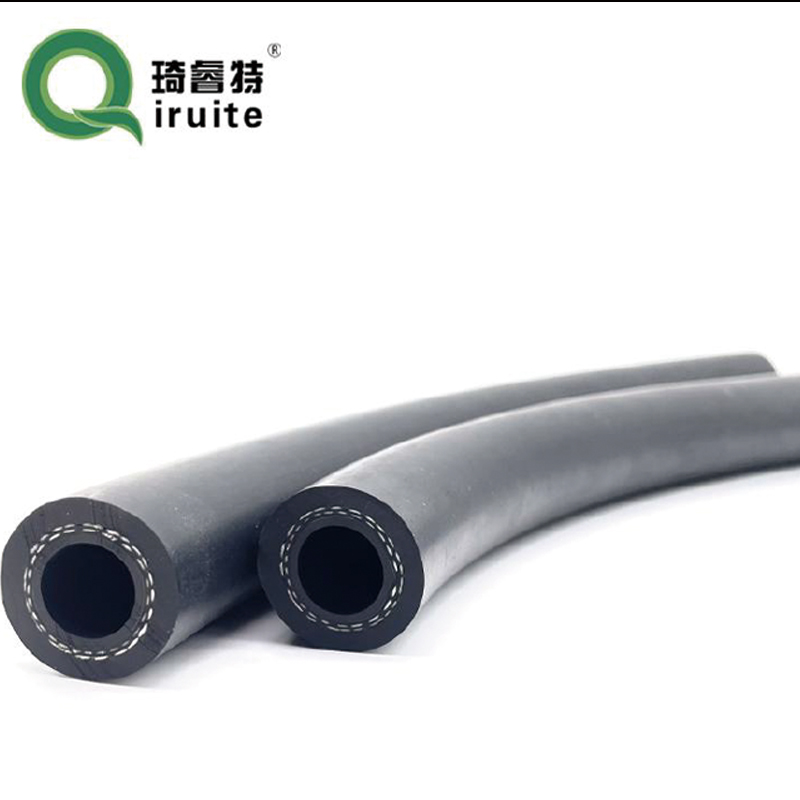Steps to Fix a Damaged Power Steering Hose Efficiently
How to Repair a Power Steering Hose A Comprehensive Guide
Power steering is an essential system in modern vehicles, allowing for effortless steering and enhanced driver control. However, the power steering hose can sometimes develop leaks or damage, leading to reduced performance or complete failure of the power steering system. Fortunately, repairing a power steering hose is a task that many car owners can undertake with some basic tools and knowledge. In this article, we will provide a step-by-step guide on how to repair a power steering hose effectively.
Understanding the Power Steering Hose
The power steering hose is responsible for transporting hydraulic fluid between the pump and the steering gear. There are typically two hoses the high-pressure hose, which carries pressurized fluid from the pump, and the low-pressure return hose, which returns fluid to the pump. Damage can occur due to wear and tear, abrasion, or even environmental factors, leading to leaks that must be addressed promptly.
Tools and Materials Needed
Before starting the repair process, it’s essential to gather the necessary tools and materials - A new power steering hose or hose repair kit - Wrenches (typically SAE or metric) - Screwdrivers - Pliers - A container for fluid catchment - Safety glasses - Gloves - A funnel - Power steering fluid
Step-by-Step Repair Guide
1. Safety First
Before you begin, ensure the vehicle is parked on a flat surface, the engine is turned off, and the keys are removed. Engage the parking brake for added safety. Put on your safety glasses and gloves to protect yourself from hydraulic fluid and dirt.
2. Locate the Power Steering Hose
Open the hood and locate the power steering pump, which is usually found near the engine. From here, trace the high-pressure and low-pressure hoses that connect the pump to the steering gear. Inspect these hoses for signs of damage, such as cracks, frayed edges, or leaks.
3. Drain the Power Steering Fluid
To prevent spills, place a container under the power steering pump to catch any fluid that will escape when the hoses are disconnected. Remove the power steering fluid reservoir cap and begin siphoning out the fluid if necessary. Make sure to keep the fluid for reuse if it’s clean, or dispose of it properly.
how to repair power steering hose

4. Disconnect the Damaged Hose
Using the appropriate size wrenches, carefully disconnect the damaged power steering hose from both the pump and the steering gear. Be cautious, as some fluid may still leak out during this process. If you are using a hose repair kit, follow the instructions provided to cut and reattach the necessary fittings as needed.
5. Install the New Hose
Take your new power steering hose and position it as the old one was installed. Securely connect the hose to the pump and steering gear, making sure the connections are tight to prevent future leaks. Be careful not to overtighten, as this could damage the fittings.
6. Refill the Power Steering Fluid
Using the funnel, refill the power steering fluid reservoir with the recommended type of fluid for your vehicle. Consult your owner’s manual for the specific fluid requirements. After filling, replace the reservoir cap.
7. Bleed the Power Steering System
To remove air from the power steering system, start the engine and turn the steering wheel from lock to lock several times while stationary. This action will help expel any trapped air and ensure the system operates smoothly. Check for leaks around the newly installed hose.
8. Test Drive the Vehicle
Finally, take the vehicle for a short test drive to ensure the power steering system is functioning correctly. Listen for any unusual noises and continue to monitor the steering response. If you notice any leaks or issues, recheck the hose connections.
Conclusion
Repairing a power steering hose can save you time and money, allowing you to maintain your vehicle’s performance. By following this step-by-step guide and taking the necessary safety precautions, you can tackle this repair with confidence. However, if you encounter significant issues or feel uncomfortable performing the repair yourself, don’t hesitate to consult a professional mechanic. Proper maintenance and timely repairs of your power steering system will ensure safety and longevity on the road.
-
Ultimate Spiral Protection for Hoses & CablesNewsJun.26,2025
-
The Ultimate Quick-Connect Solutions for Every NeedNewsJun.26,2025
-
SAE J1401 Brake Hose: Reliable Choice for Safe BrakingNewsJun.26,2025
-
Reliable J2064 A/C Hoses for Real-World Cooling NeedsNewsJun.26,2025
-
Heavy-Duty Sewer Jetting Hoses Built to LastNewsJun.26,2025
-
Fix Power Steering Tube Leaks Fast – Durable & Affordable SolutionNewsJun.26,2025

